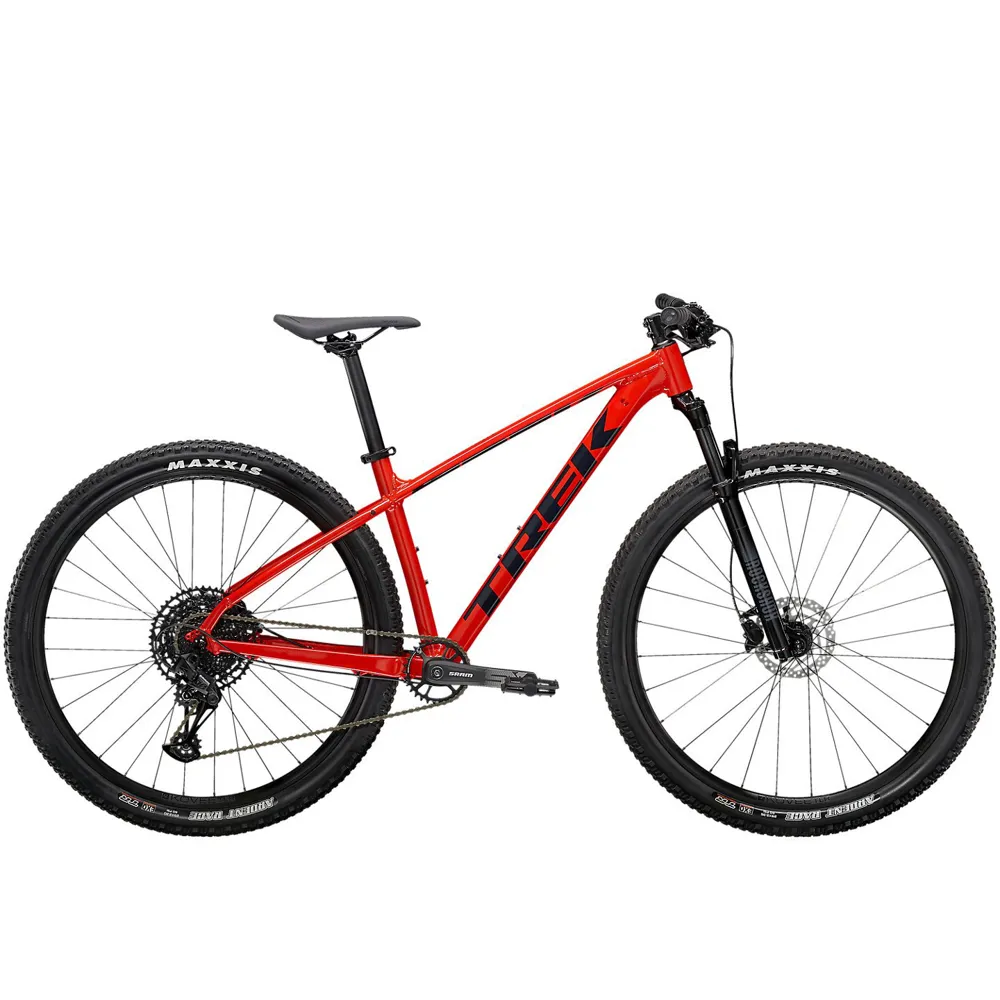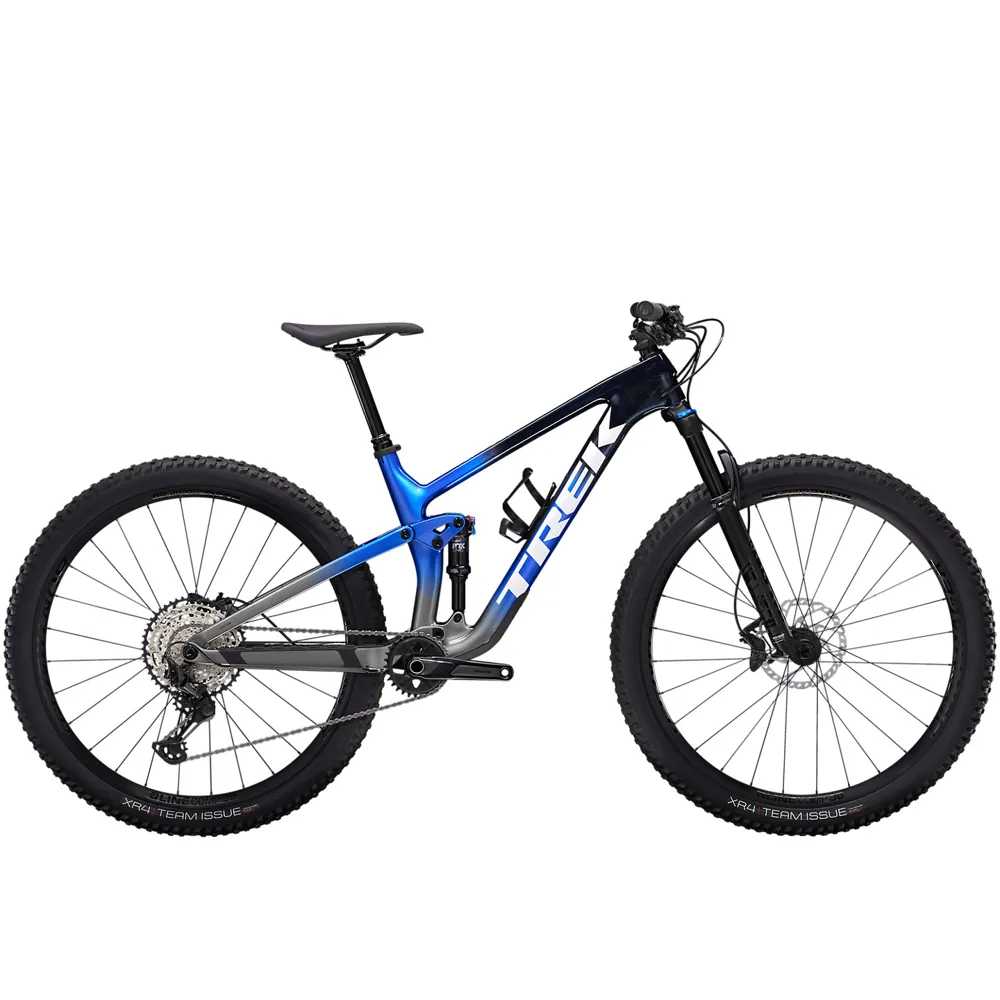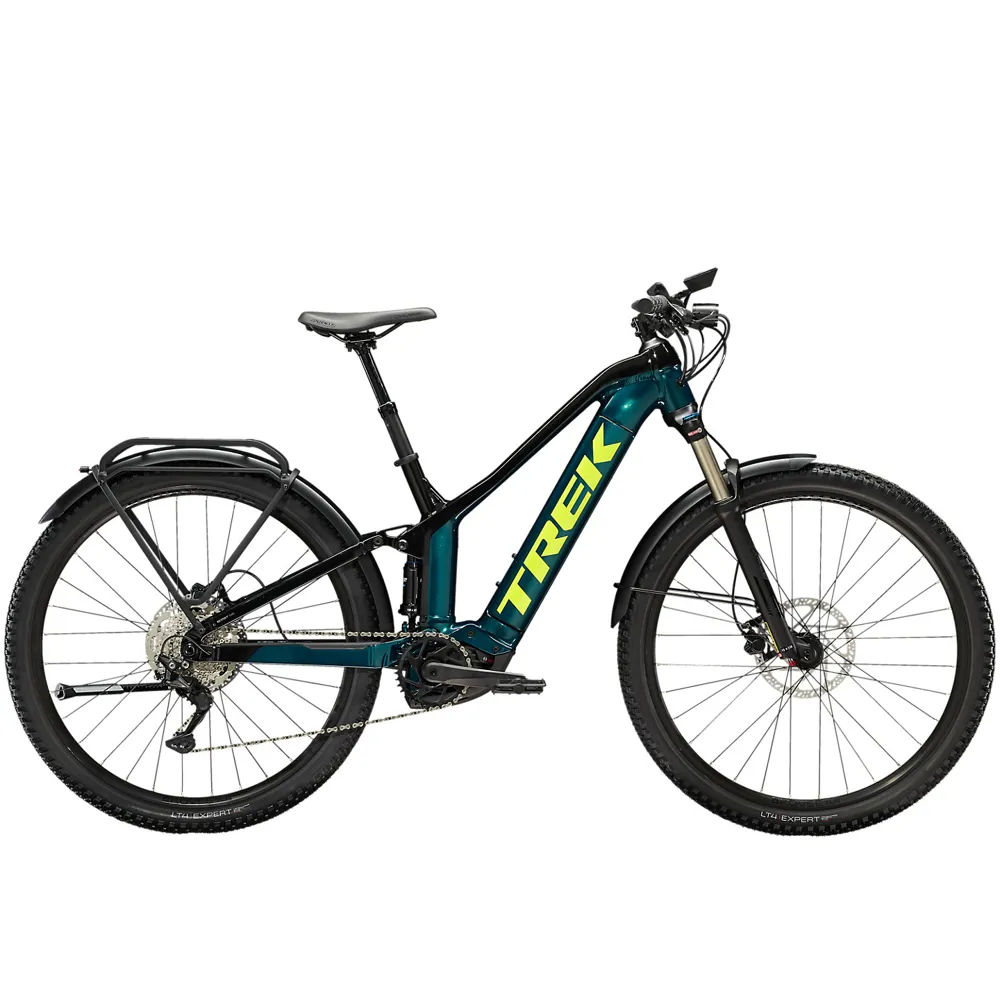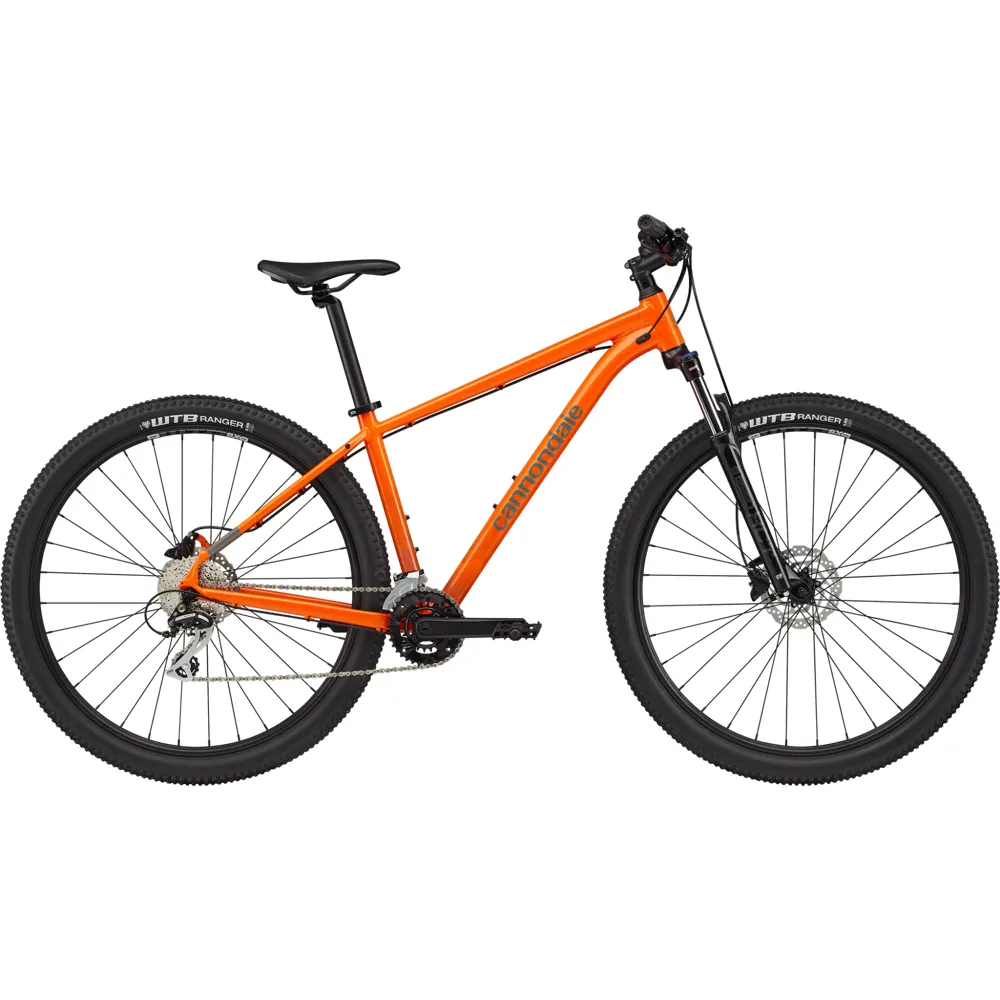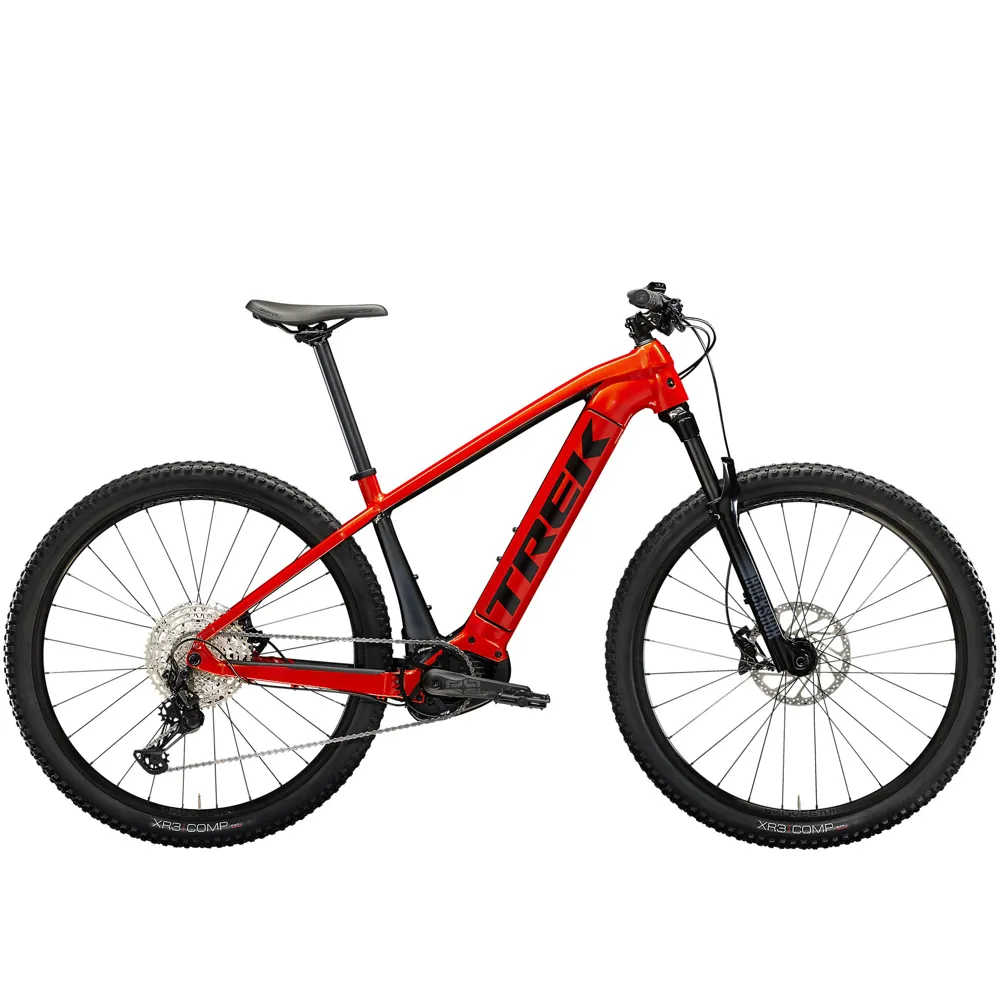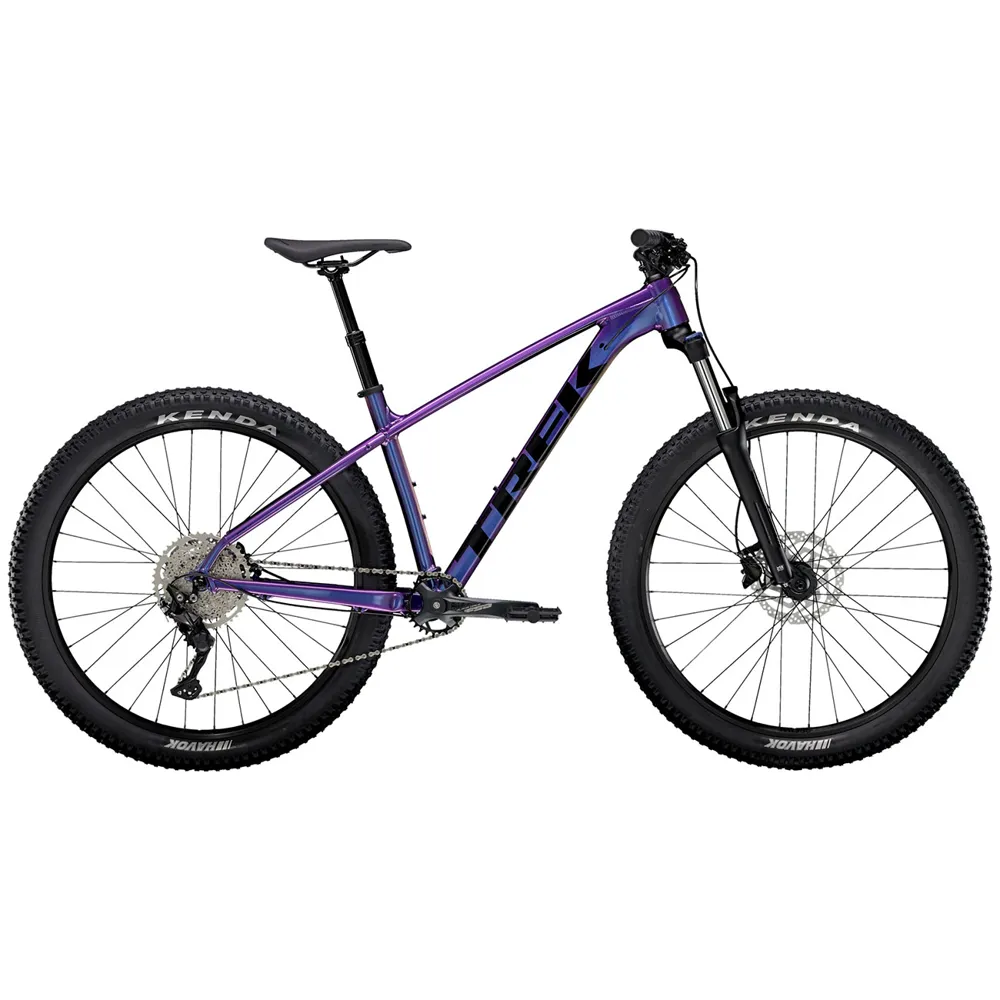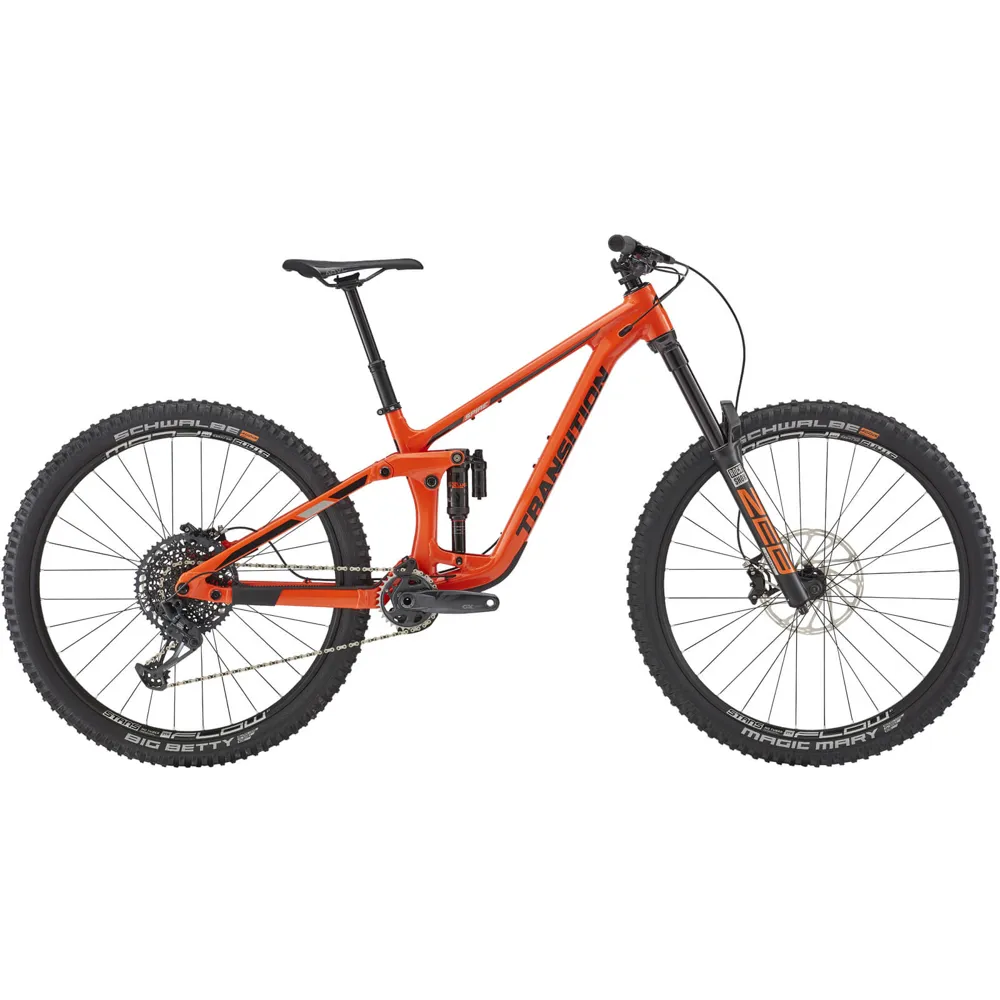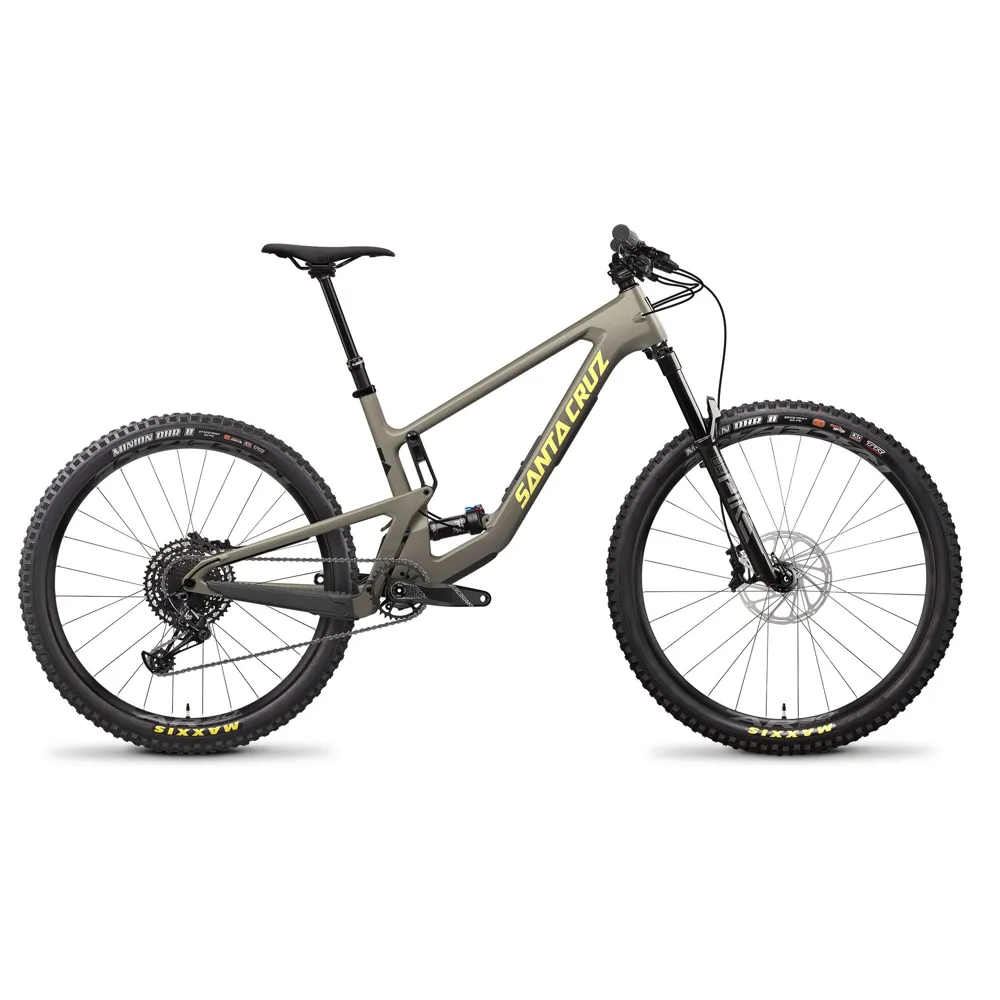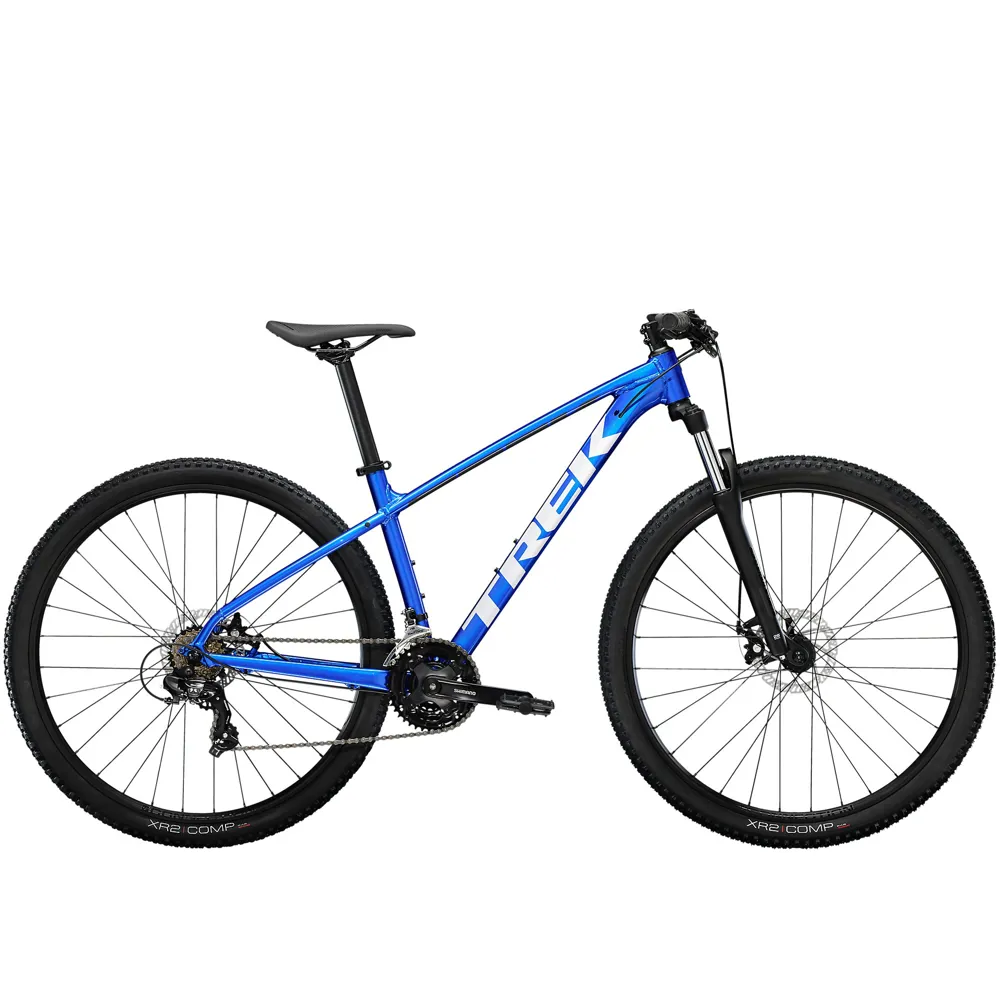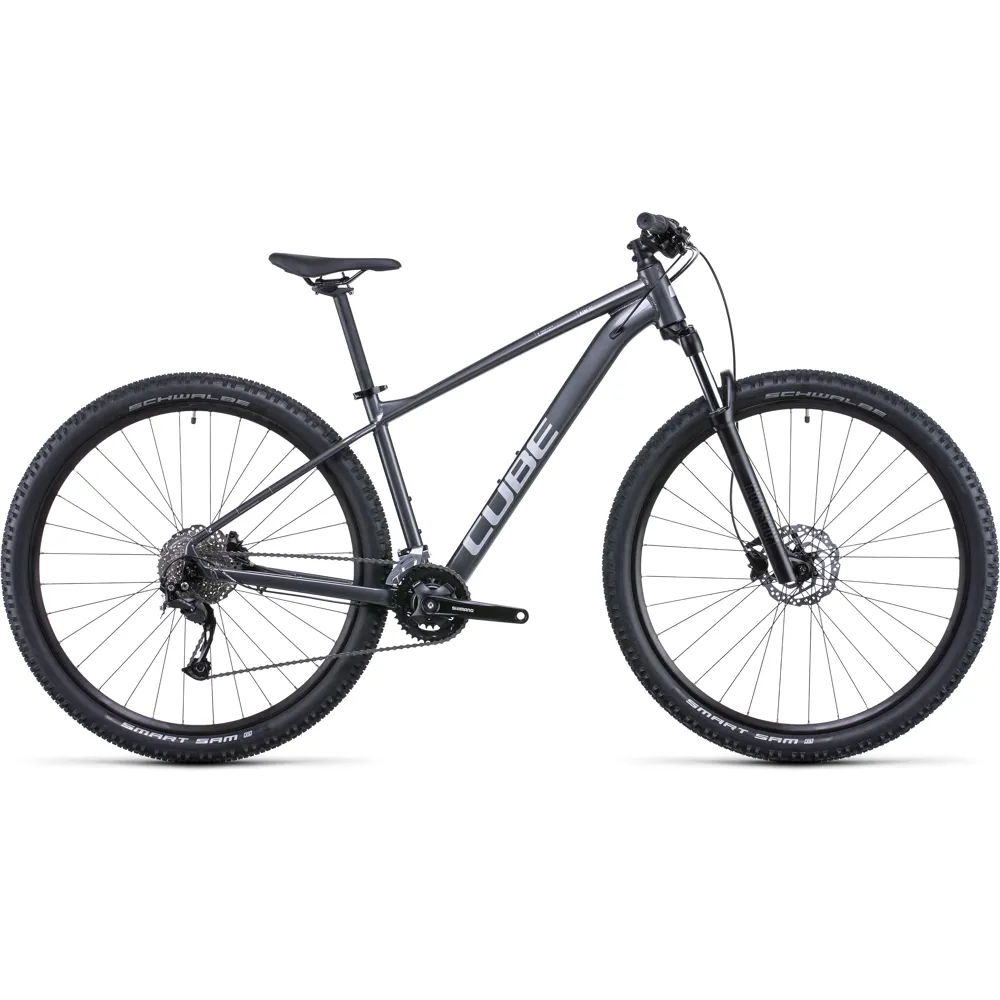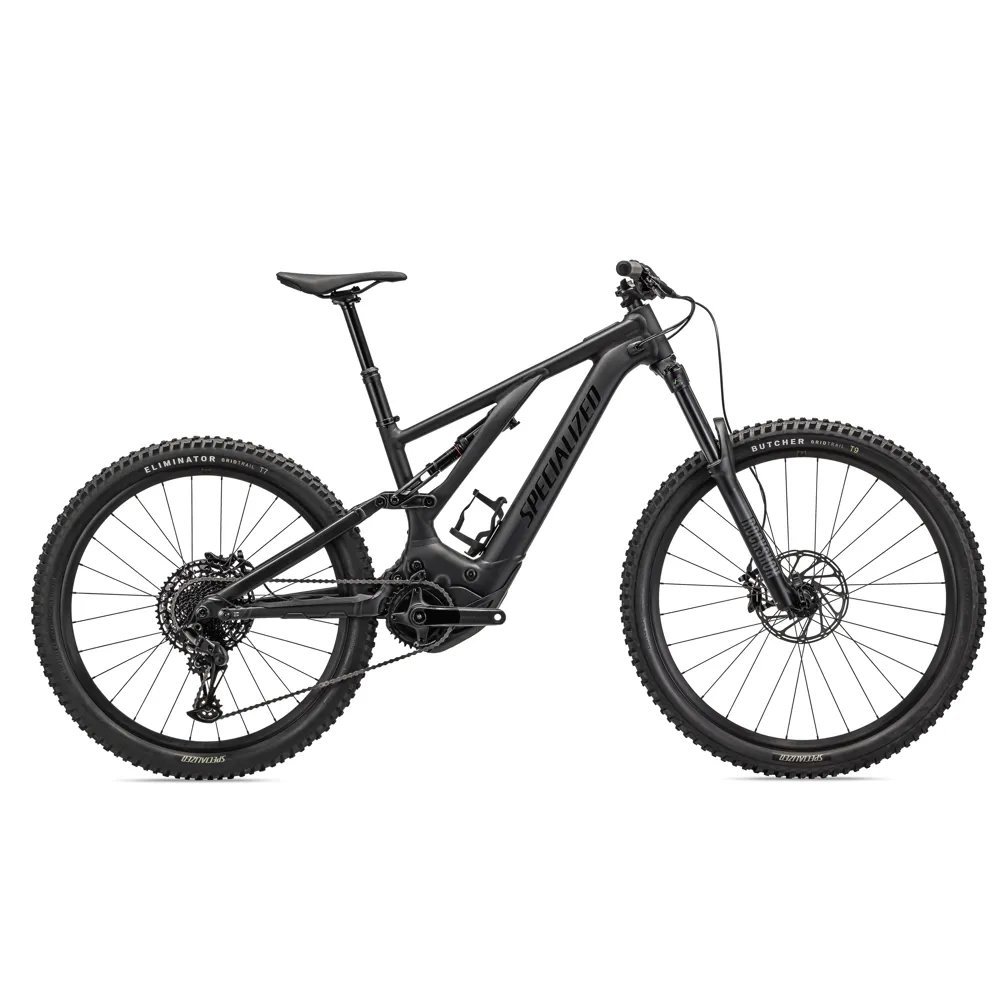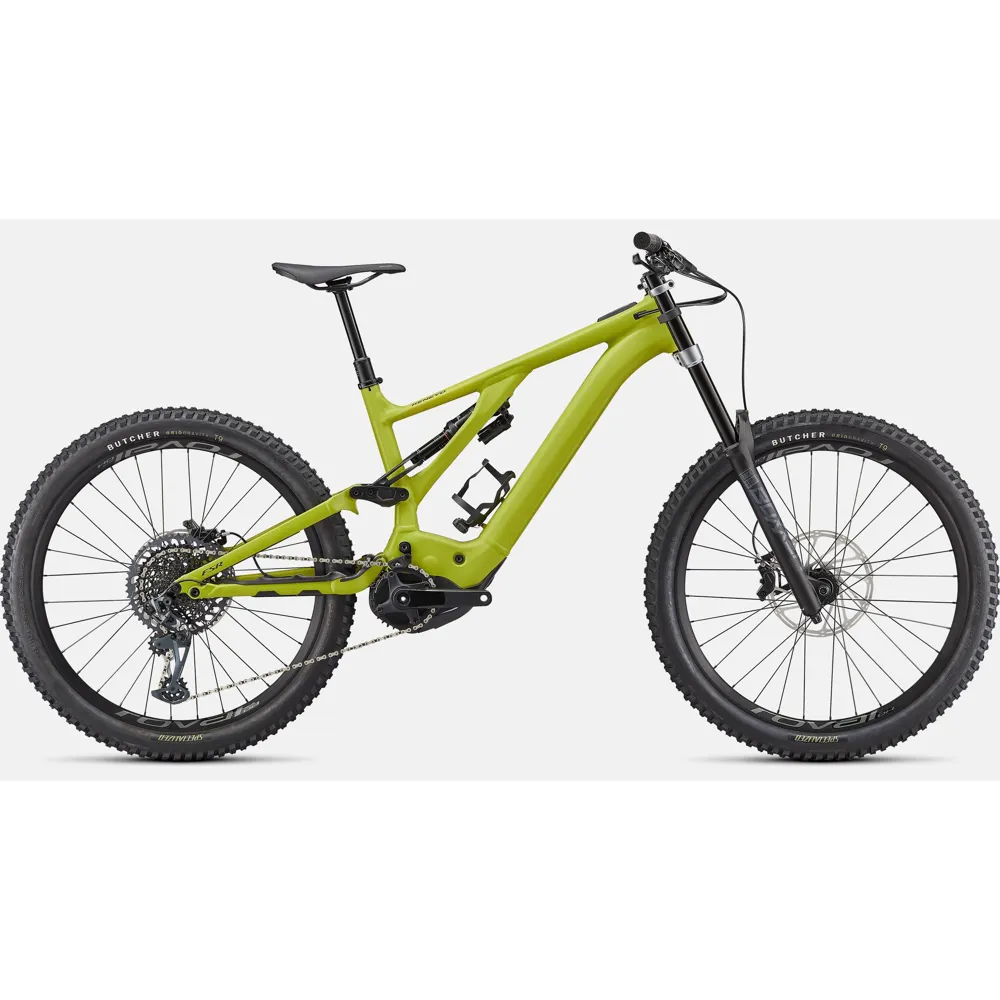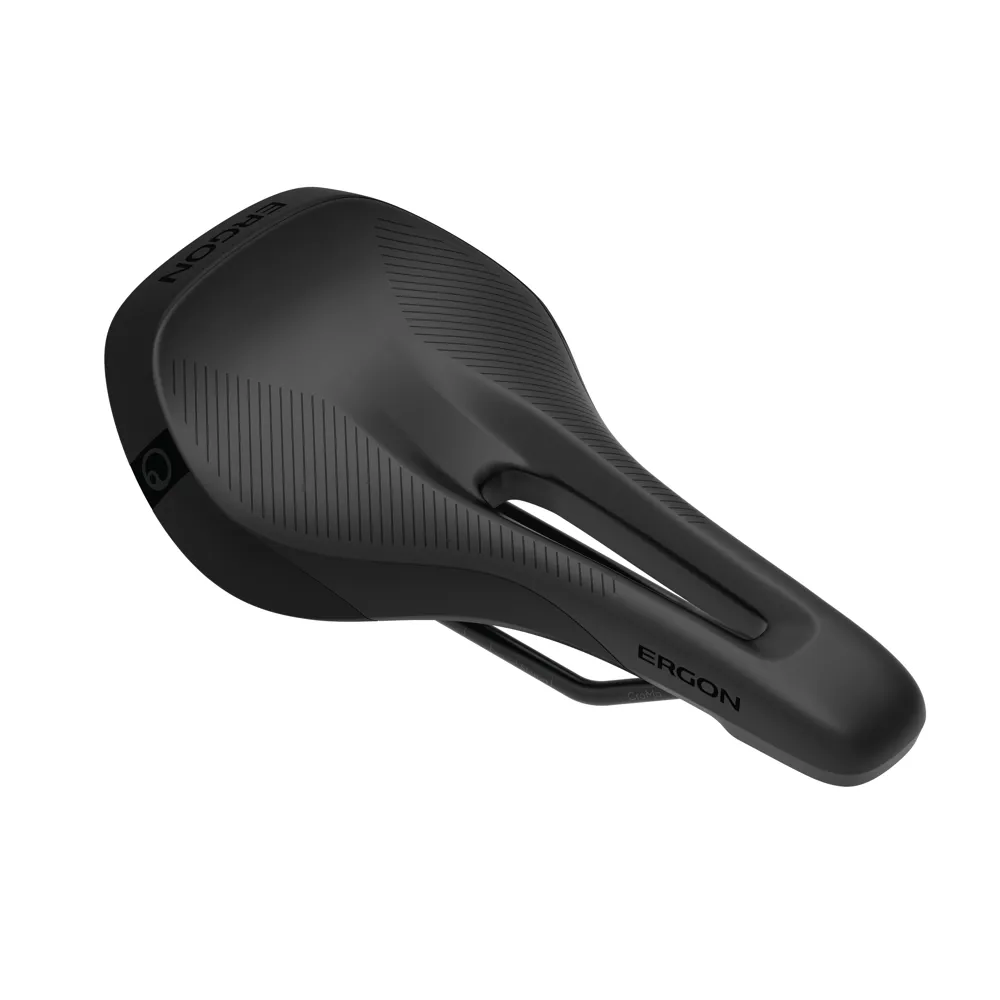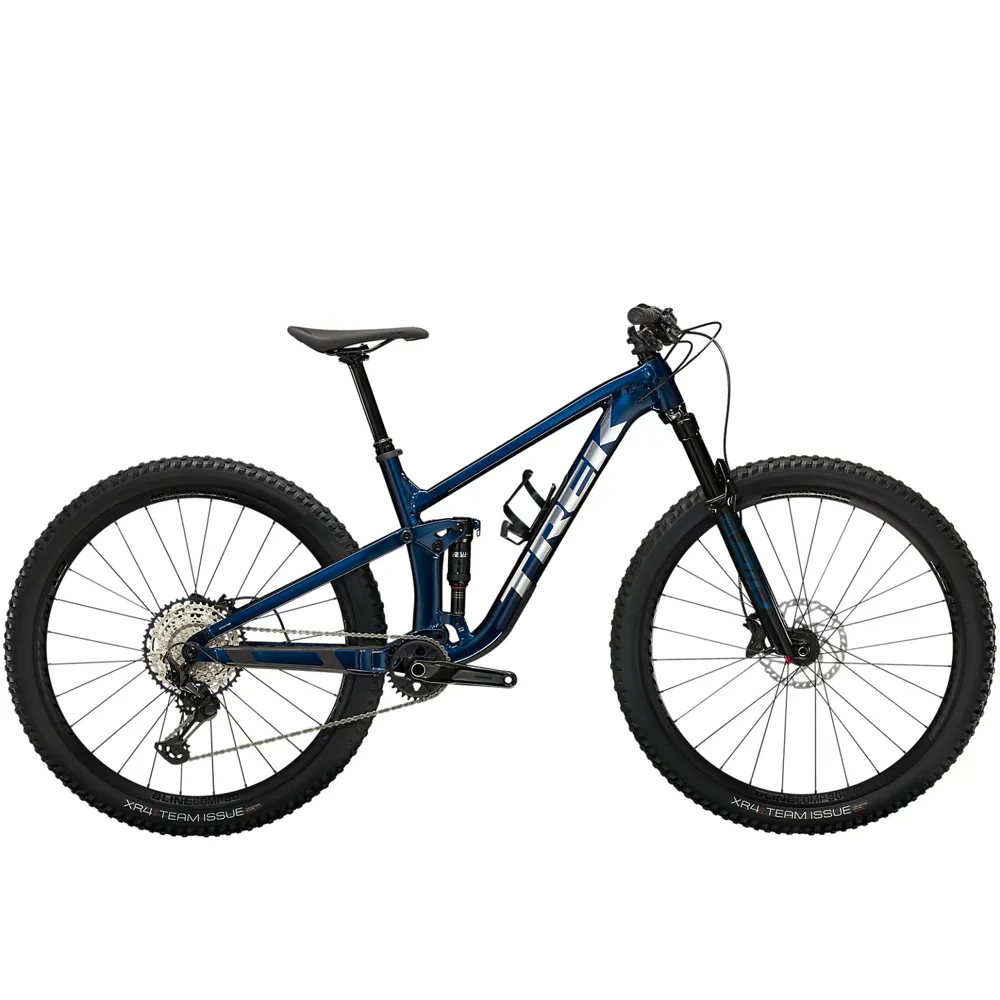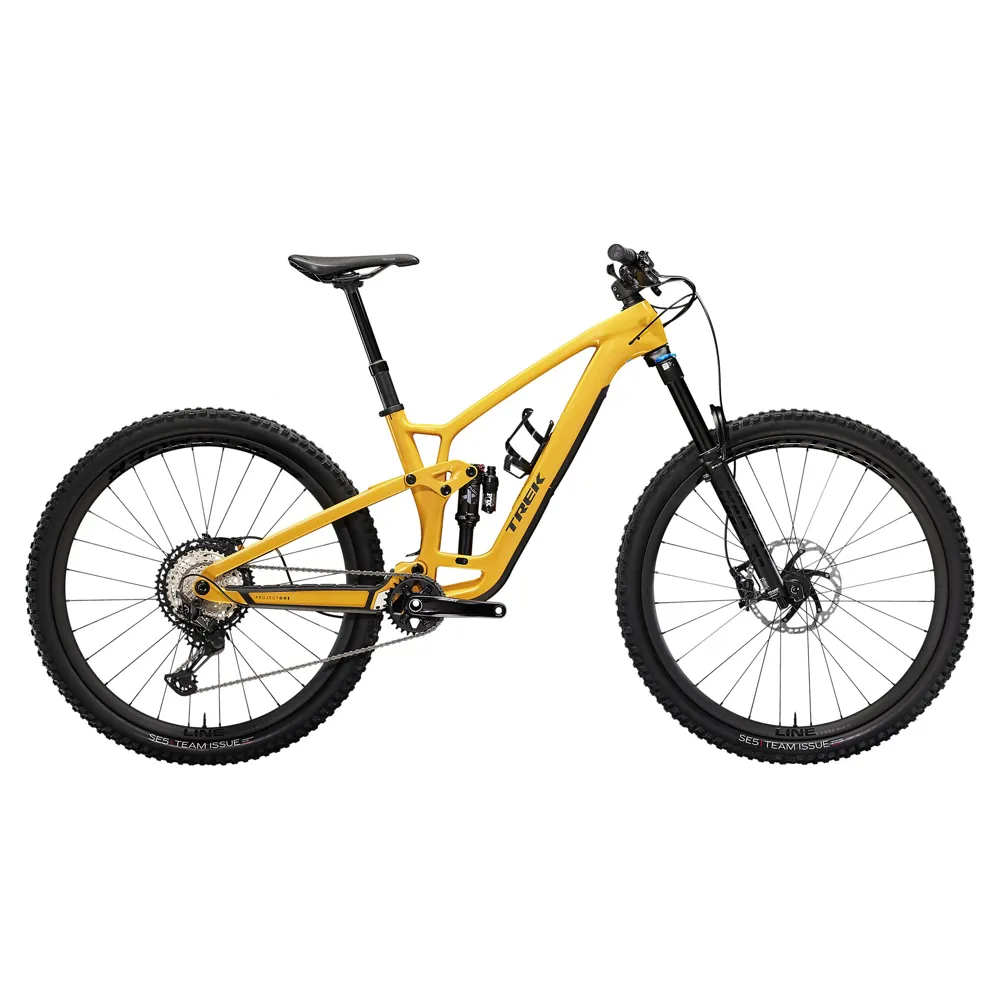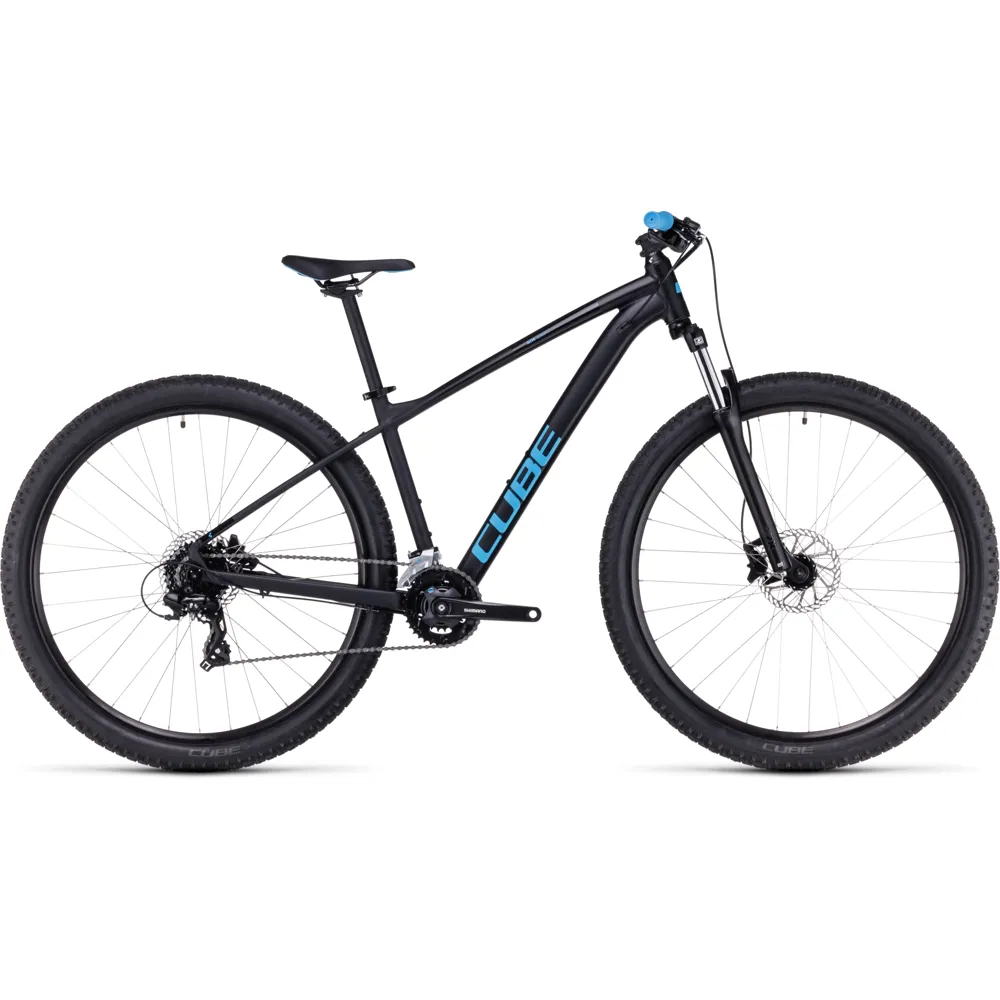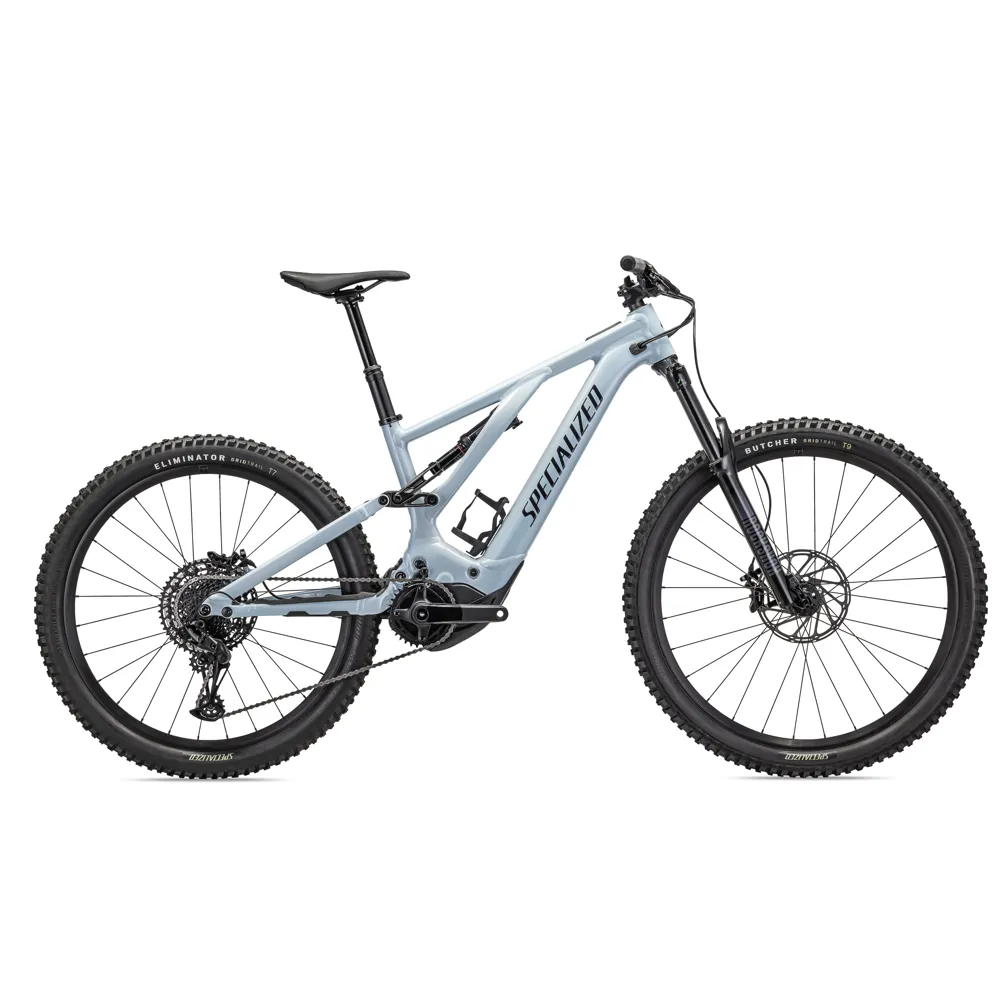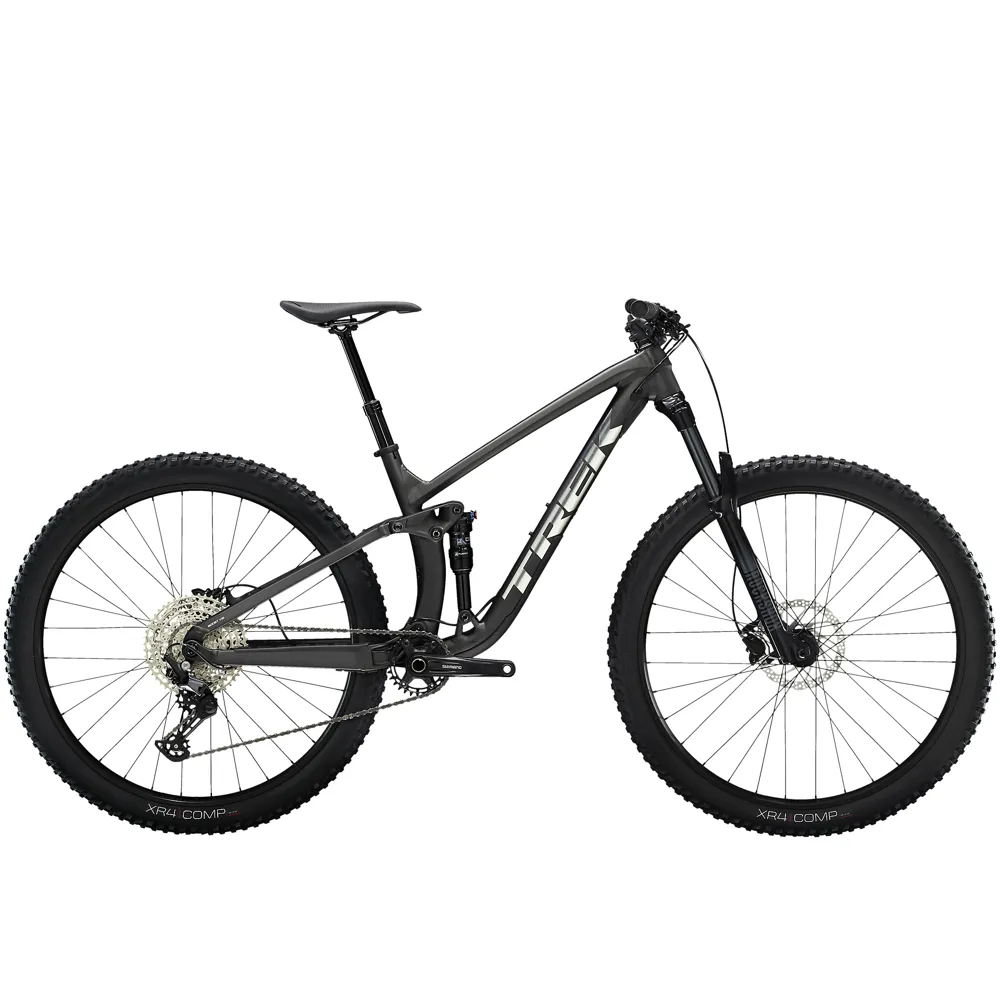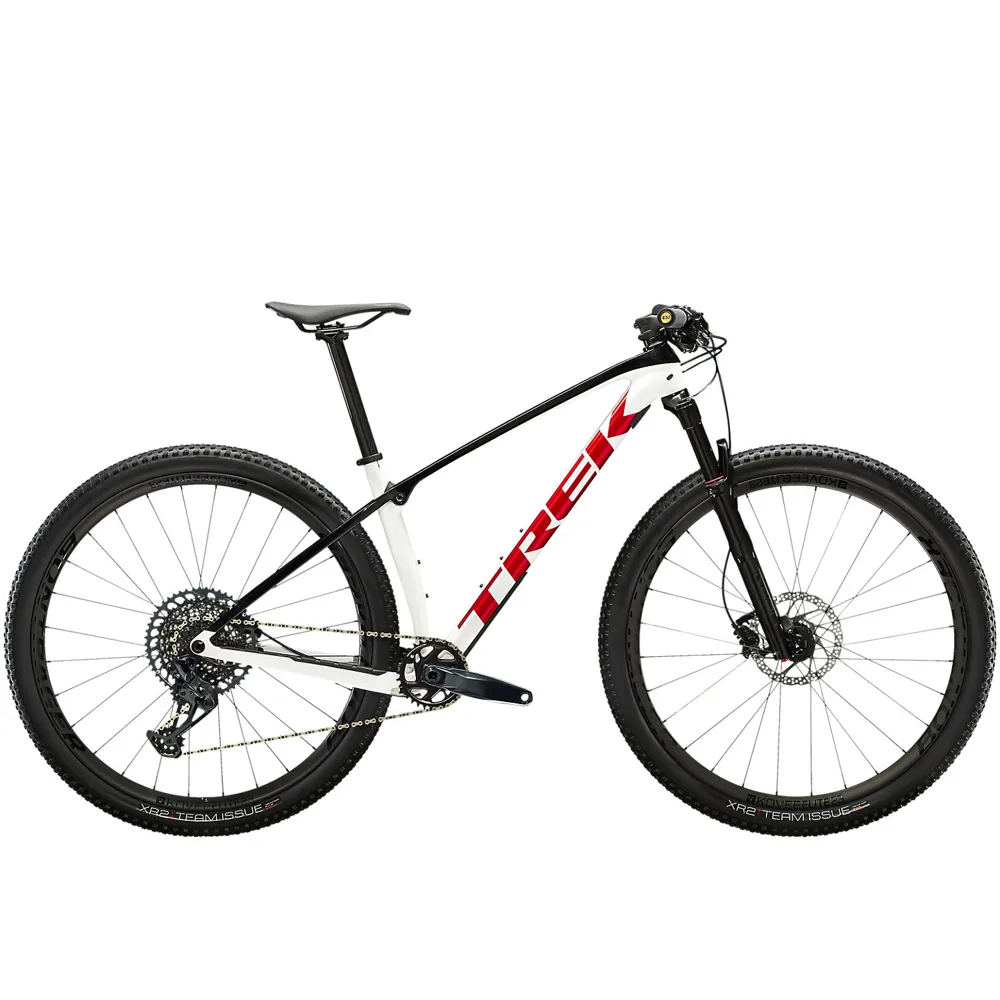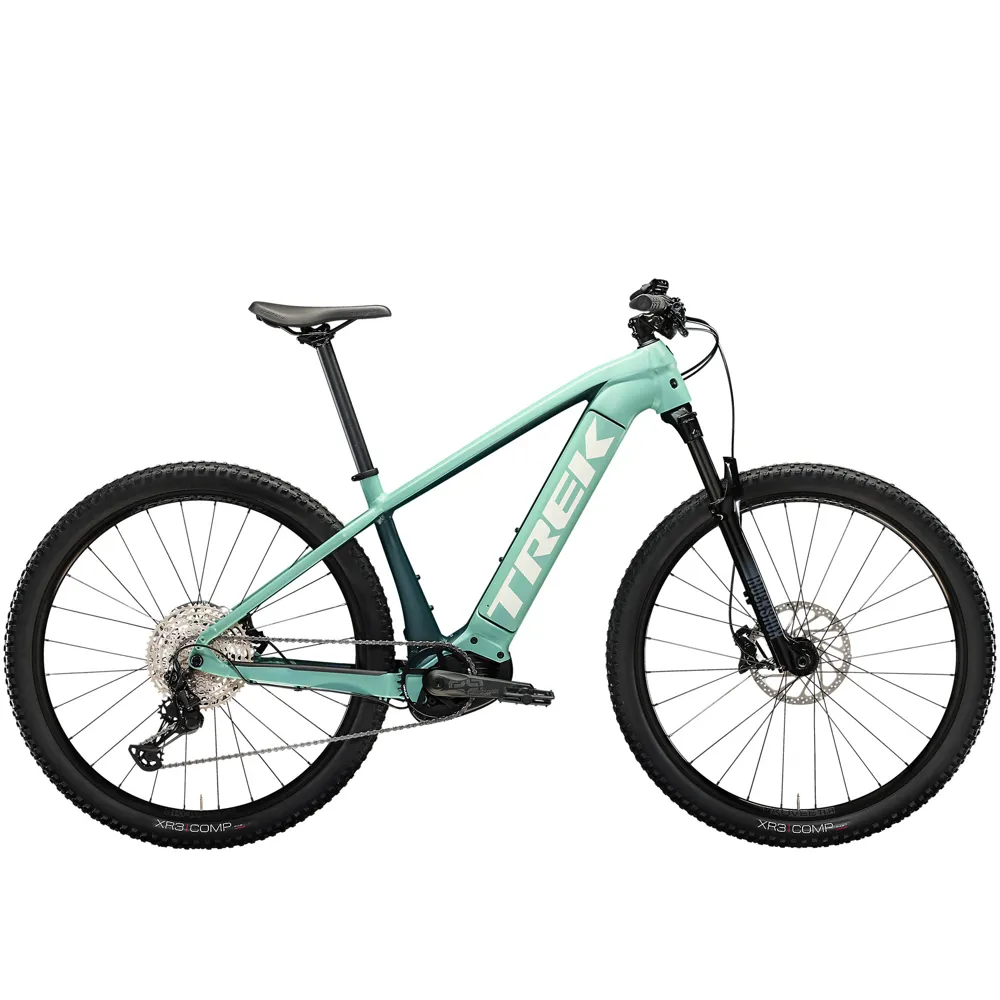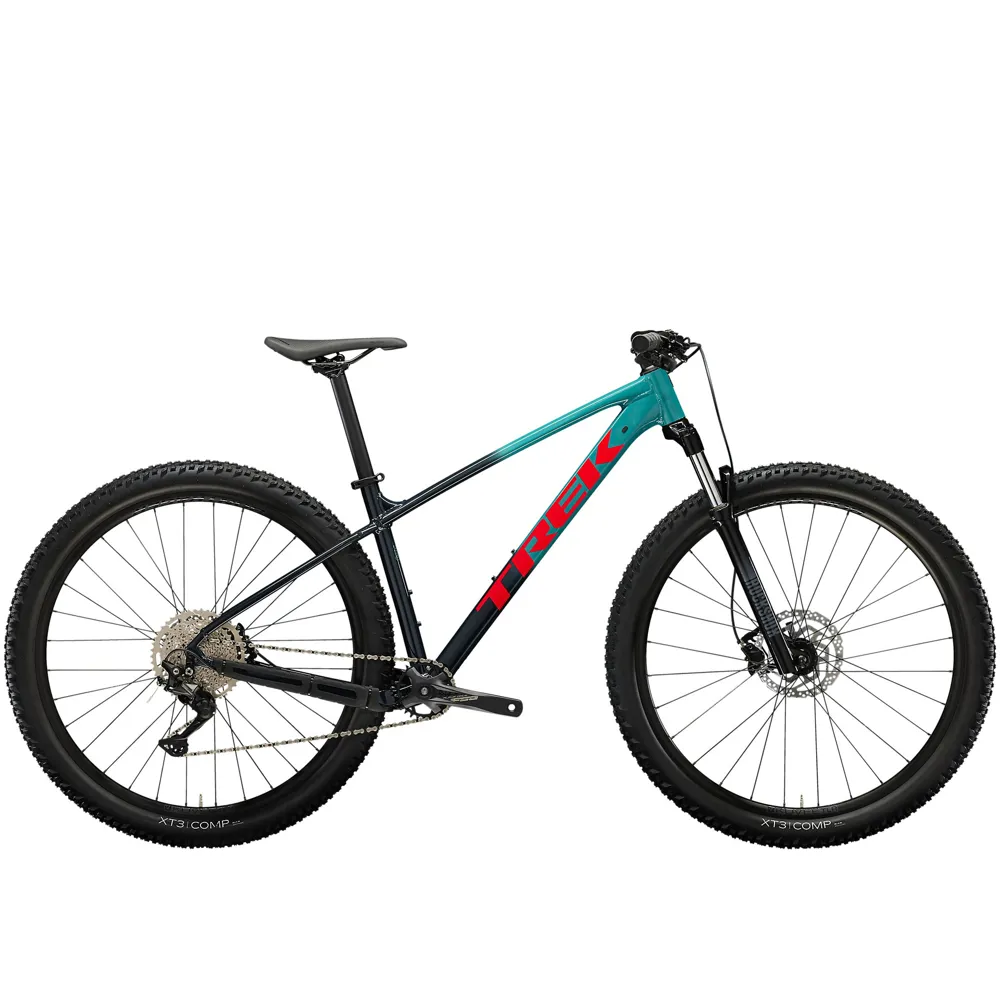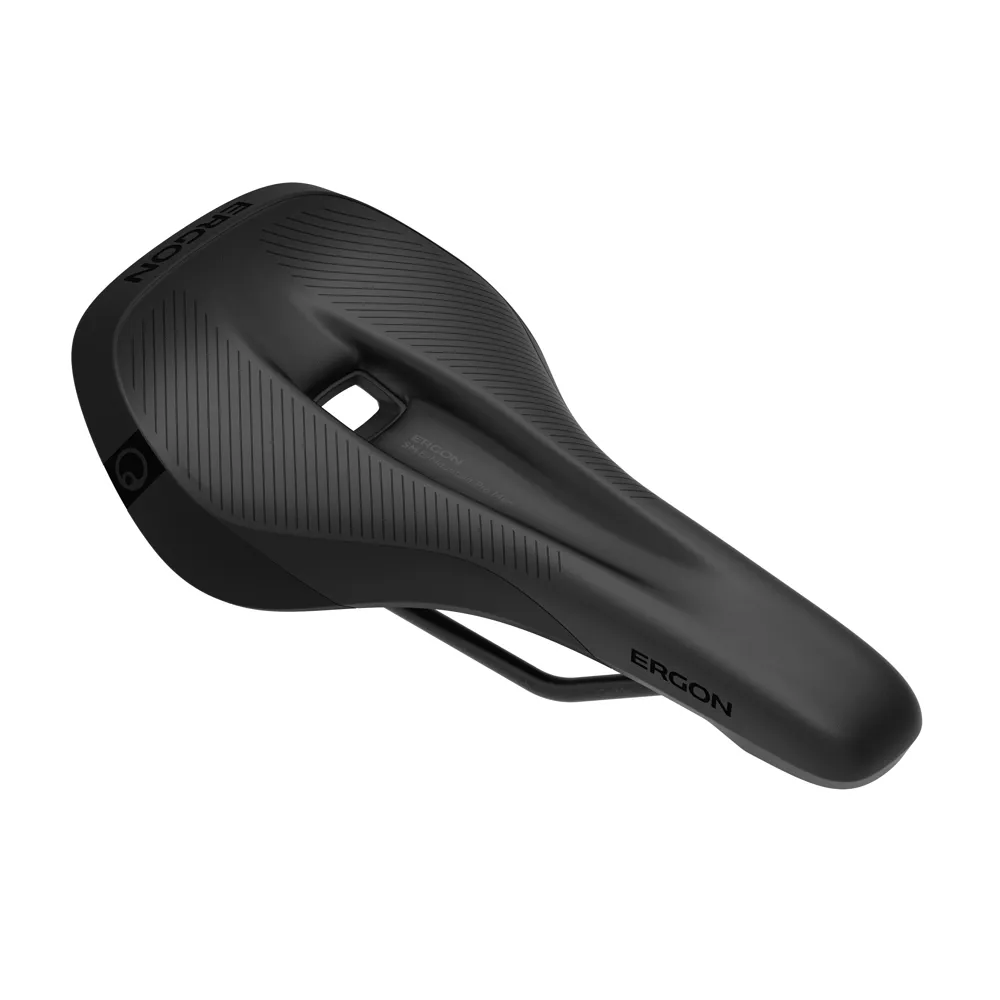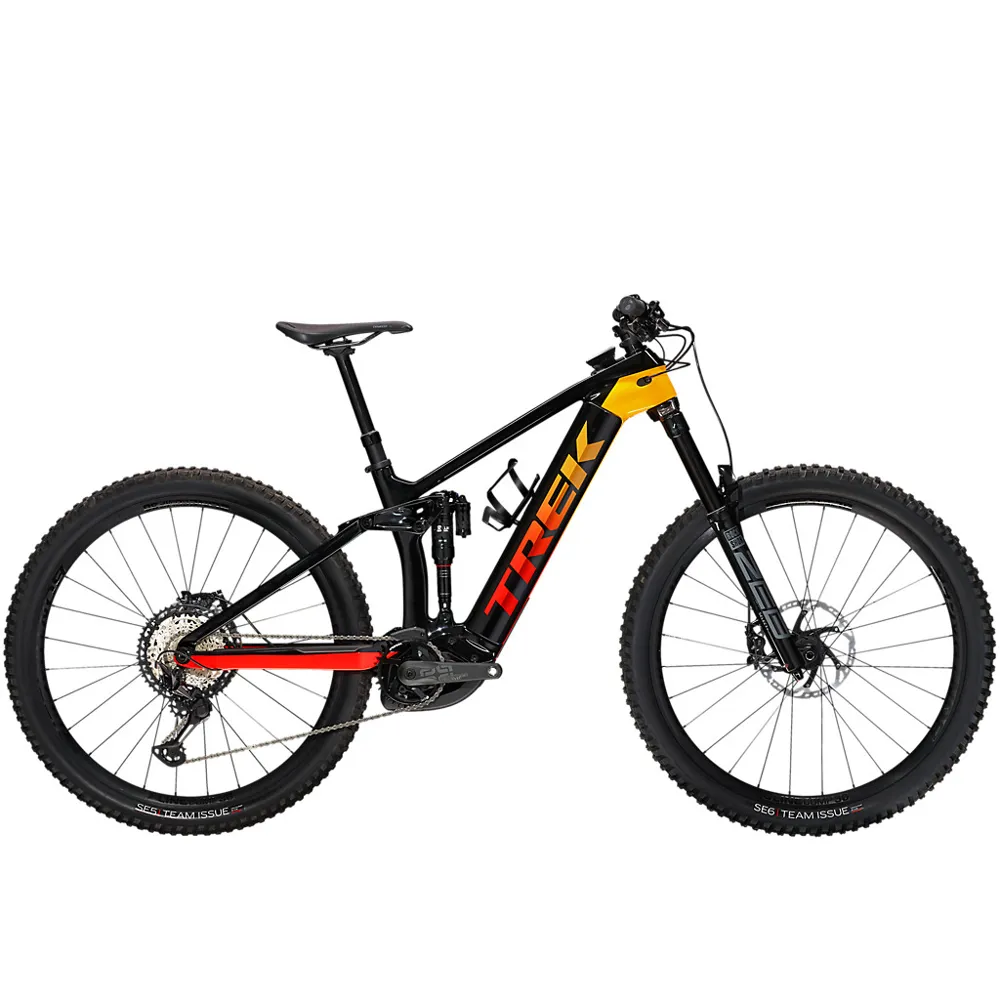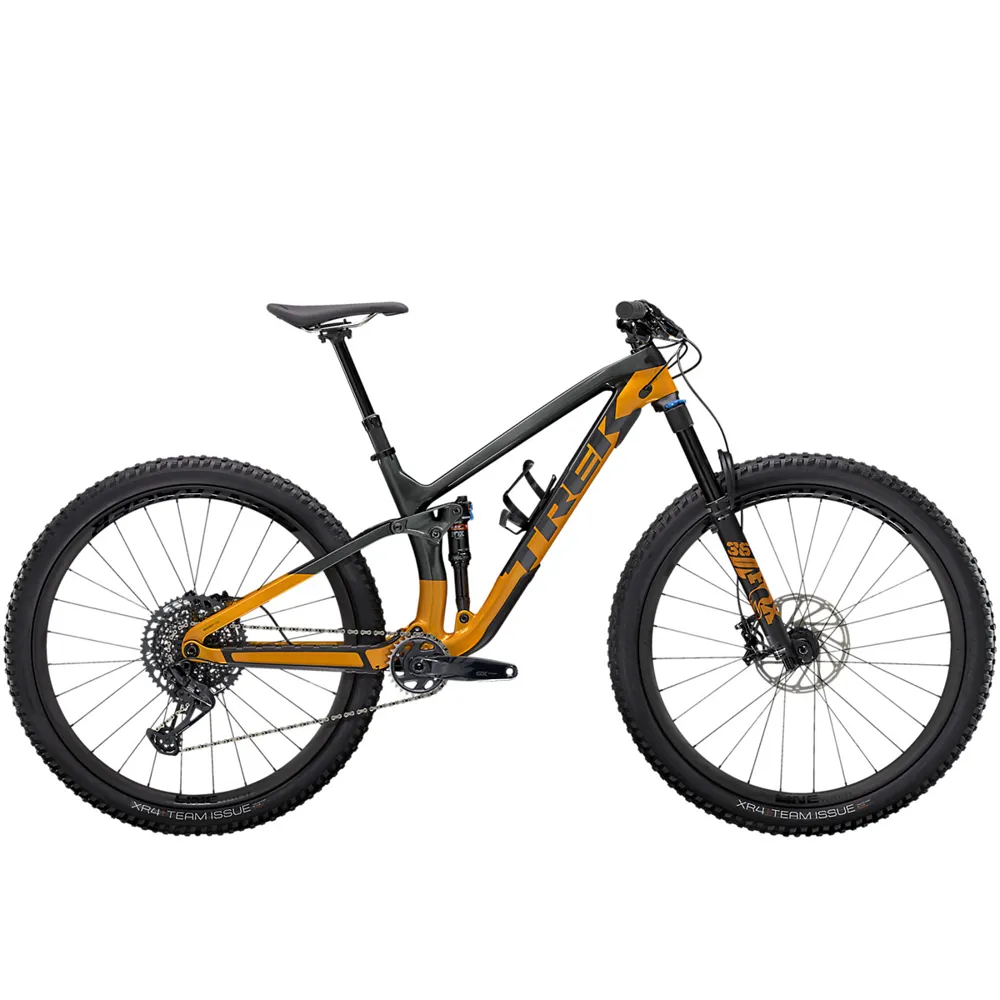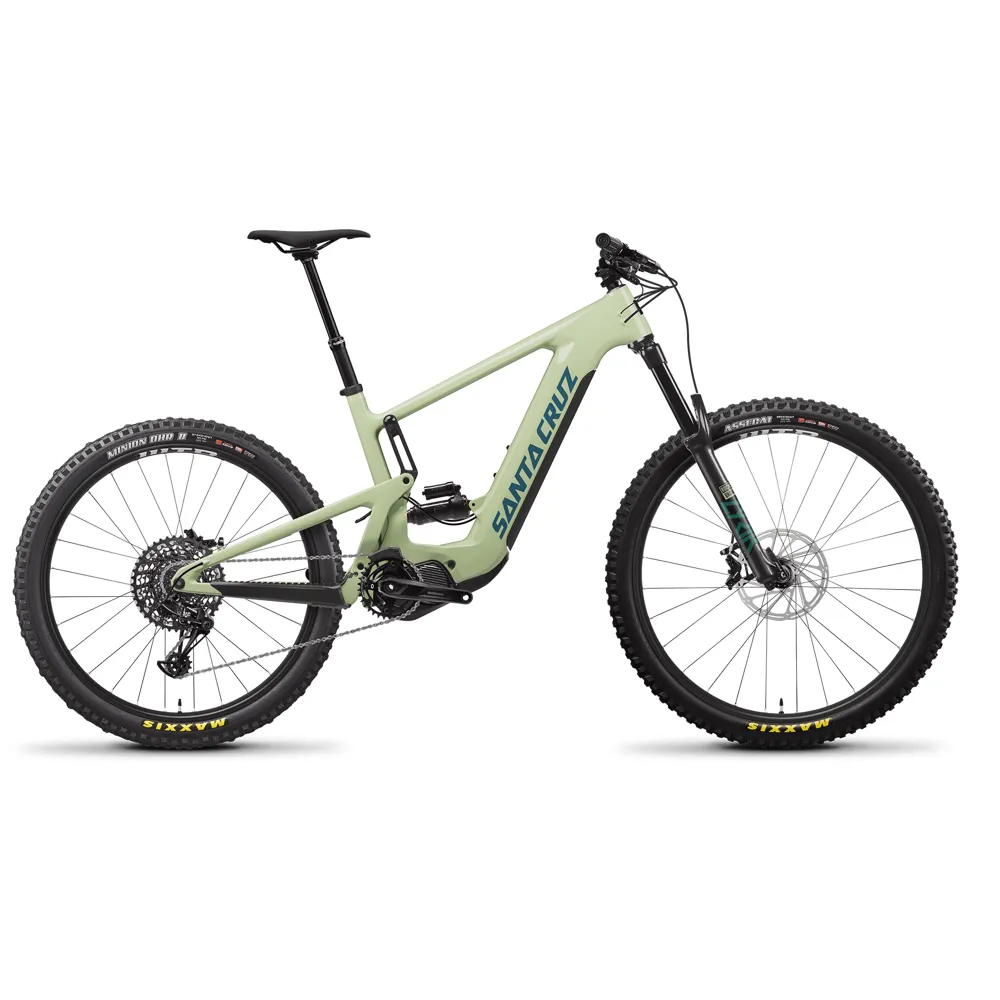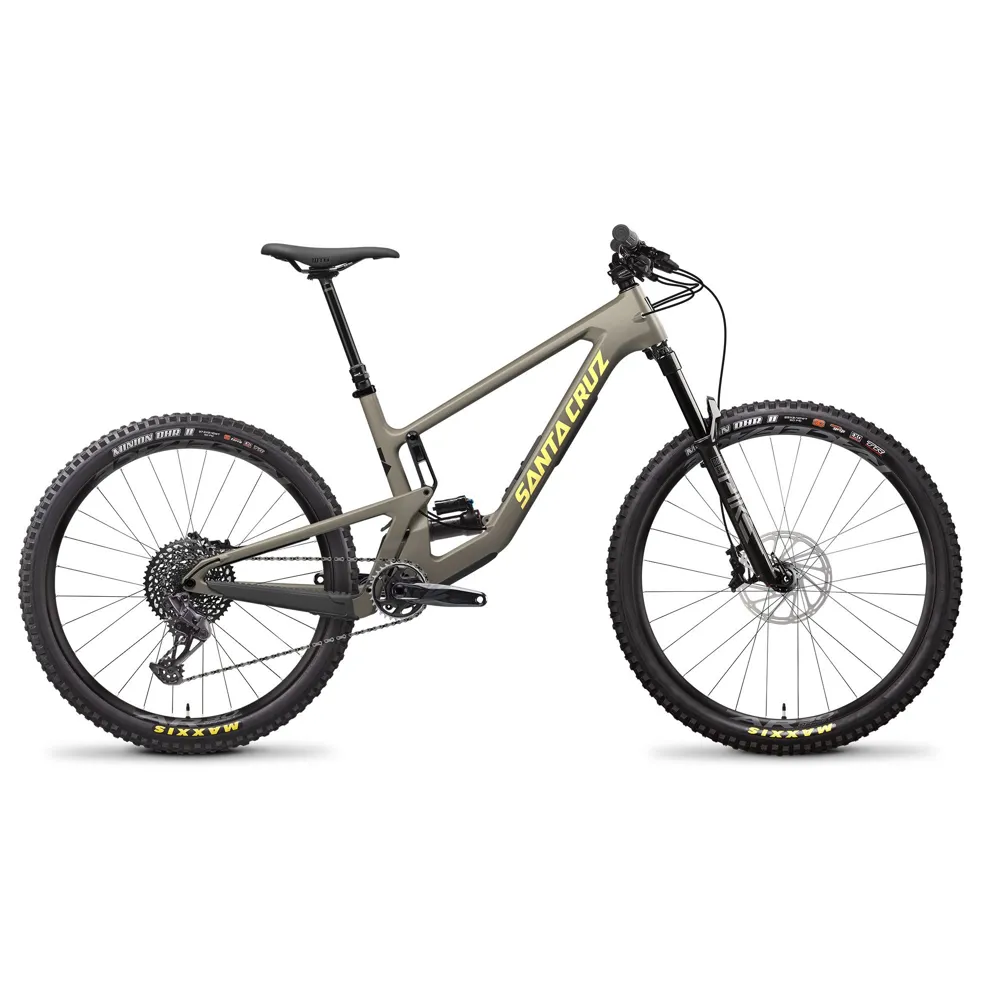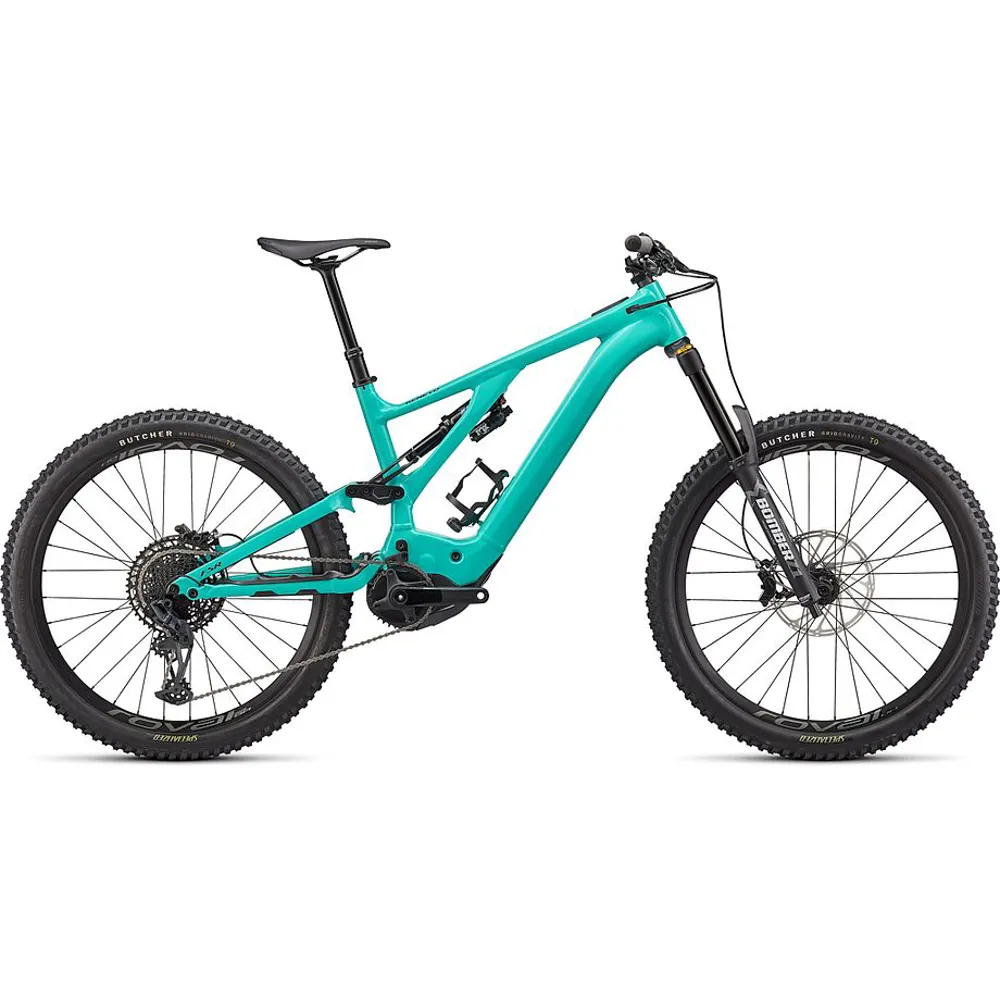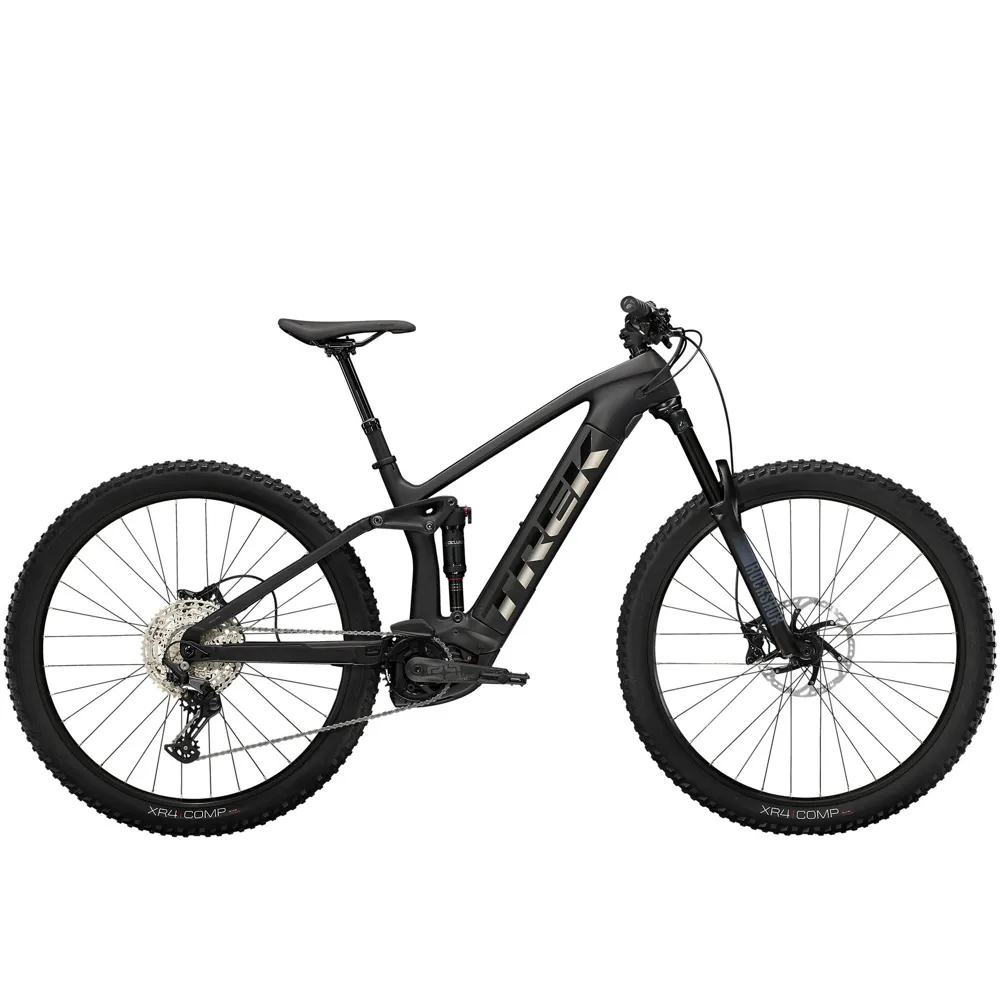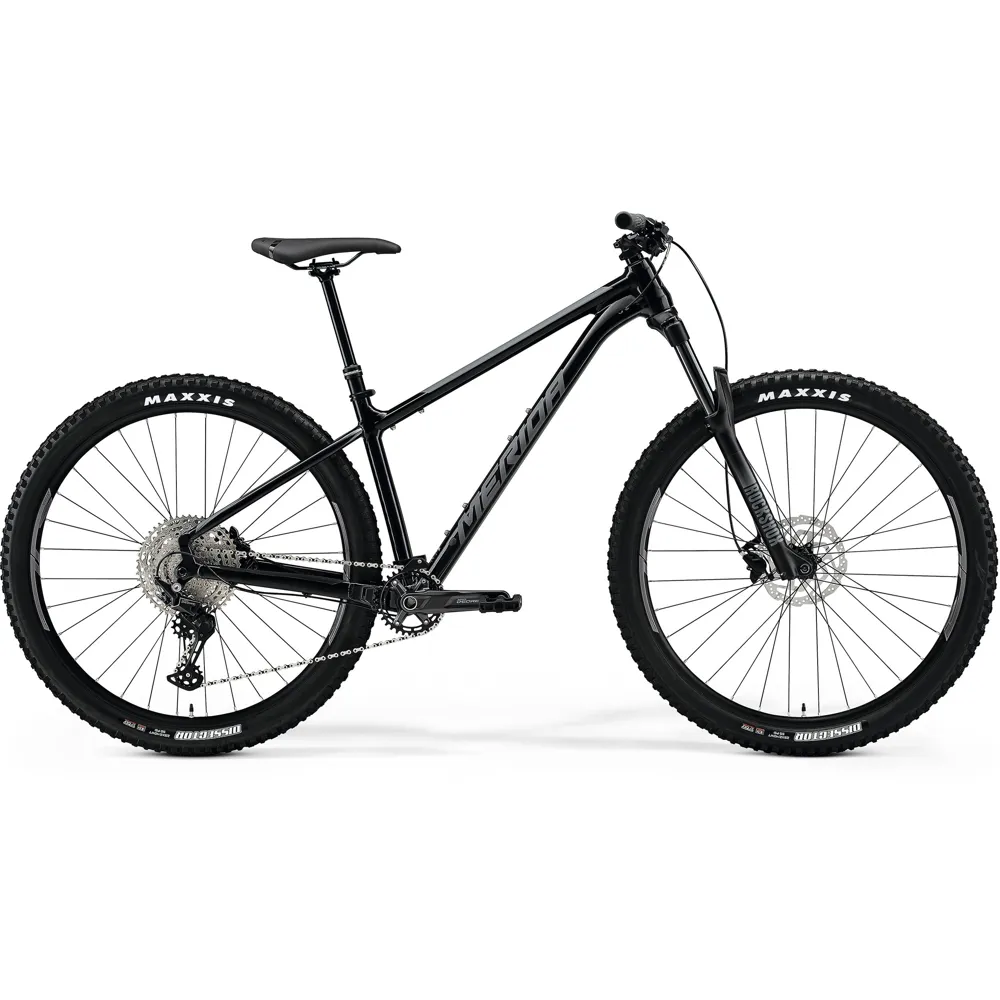
Mountain Bike Deals
We can help you find a great mountain bike deal but you need to be sure you are getting the right bike for you. Please read our buyers guide below which will help you get a mountain bike that suits your needs as well as your budget.
How to find a great mountain bike deal
What sort of riding will you be doing?
Have a think about how much time you will be spending off road and will it just be a bit of fire road / gravel path riding or will you be hammering down hills over and over again. This will make a huge difference to the style of the bike you need. Mountain biking generally falls into the following categories –
- Cross County (XC)
- Downhill (DH)
- All Mountain (AM)
Cross Country Mountain Bikes
Cross country riding is probably the most common and is all about covering distance and exploring off road with efficiency. XC bikes have smaller tyres and less suspension travel than other mountain bikes. They are more likely to have front suspension only (no rear suspension) and will be much lighter than a bike that is designed to go downhill fast. If you are looking for a cheap mountain bike then XC is the way to go as there are less hi-spec components. Having said that some XC are incredibly light weight and can cost a lot more.
Downhill Mountain Bikes
Downhill bikes are designed to go downhill extremely fast and jump without too much drama. They are often not ridden up hill so they can weigh a lot more than your average bike. They usually have at over 160mm of travel on both front and rear shocks which can drive the price up of these burly machines.
All Mountain Bikes
These are the all rounder of MTB. They usually have around 150mm of suspension travel front and rear and are as happy going uphill as they are going downhill. They are a great compromise between efficiency and downhill ability. They will usually have tyres of around 2.25 to 2.5 width to deal with all eventualities.
What is your budget?
Everyone will have a budget in their mind, and it is good to set your self a limit as it is very tempting to spend more and more. As a rough guide a decent XC bike can be found from anything from £400 for a basic entry level mountain bike to £1500 for something that could be raced across mountains. A downhill bike costs from around £2,000 upwards and are more of a specialist machine that won’t be for everyone. An all mountain bike will cost from around £1,000 to £2,500 depending on the level of spec.
What size are you?
Sizing is particularly important when choosing your bike. It’s better to get the right fit from the start. Yes, all bikes are adjustable (seat & handlebars) but the geometry makes a huge difference when cover large distances. Please refer to our sizing guide below.
Rider Height |
||
| Feet & Inches | Centimetres | Frame Size (inches) |
| 4'10" - 5'2" | 148cm - 158cm | 13" - 14" |
| 5'2" - 5'6" | 158cm - 168cm | 15" - 16" |
| 5'6" - 5' 10" | 168cm - 178cm | 17" - 18" |
| 5'10" - 6'1" | 178cm - 185cm | 19" - 20" |
| 6'1" - 6'4" | 185cm - 193cm | 21" - 22" |
| 6'4" - 6'6" | 193cm - 198cm | 23" - 24" |
Full Suspension or Hard Tail?
This will depend on the riding style you have chosen. If you are looking for a XC bike then you can save a lot of money by choosing a hard tail (no rear suspension). Hard tails have some advantages especially when touring as you can fit panier racks to the rear of the bike which is not an option on full suspensions bikes. They are also more efficient so you can cover longer distances.
Full suspensions bikes do offer much more comfort, so if you are a bit older then you might decide to trade comfort for efficiency as this can cause less wear on your joints and allow you to ride further. All DH and AM bikes have rear suspension as it makes a huge difference to the speed that you can descend mountains. Rear suspension can also make it easier to climb on lose gravel and rocks as there is more grip.
Which Wheel Size?
Mountain bikes all used to use 26-inch wheels but they are becoming less popular now. 27.5 & 29 inch are becoming more popular so there are 3 sizes to choose from. Generally, the bigger the wheel the higher the top speed and bigger wheels roll over bumps easier. Smaller wheels weight less and are more suited for smaller riders. Taller riders tend to go for 29-inch wheels. 27.5 is a hay medium and is probably the most common choice these days. It’s worth bearing in mind that if you have other bikes in your household you will not be able to swap components (like tyres, inner tubes etc.) between bikes with different wheel sizes so I’d bear that in mind if you want to run a couple of bikes at the same time.
SRAM or Shimano components?
The two main players in bike part components are SRAM & Shimano. The chances are the bike you end up buying will have components from either of these brands. Shimano is a Japanese brand and SRAM is a US brand so the value of the British pound against Yen & Dollar can have an effect on the value for money with either brand. SRAM is more innovative and dominates the high-end market. This is great, but it can mean it can cost more to replace SRAM parts than Shimano who are more dominant in the mid-range market. This all depends on which model of components you get with your bike.
The groupset hierarchy for Shimano & SRAM looks like this –
Shimano Groupset Hierarchy
- Entry to mid-range
- Alivio
- Deore
- Mid-range to high-end
- SLX
- Deore XT
- High-end to flagship
- XTR
SRAM Groupset Hierarchy
- Entry to mid-range
- X5
- X7
- X9
- Mid-range to high-end
- NX
- NX Eagle
- GX
- GX Eagle
- High-end to flagship
- XO
- XO1
- XO Eagle
- XX
- XX1
- XX Eagle
- Eagle eTap
This information should help you compare bikes with different specification components.
What are the best mountain bike brands?
There are many reputable mountain bike brands but here are some of our favourites.
If you are looking for another brand of bike then please contact us and we try and find the best deal we can.
How to get a great deal on a mountain bike?
This is where we can help, we scour the internet looking for bargain mountain bikes, so you don’t have to. If you are lucky enough to be either a small or large frame size, then you do have more chance of finding a bargain as these sizes are less popular. Also, a lot of the deals we have on this website are of older models that have not sold before the latest model has come out. Try and steer clear with models without reviews if you can. Buying online is another great way to save money as there are less overheads for online retailers than shops such as Halfords. Browse our mountain bikes deals now and see what you can find.
